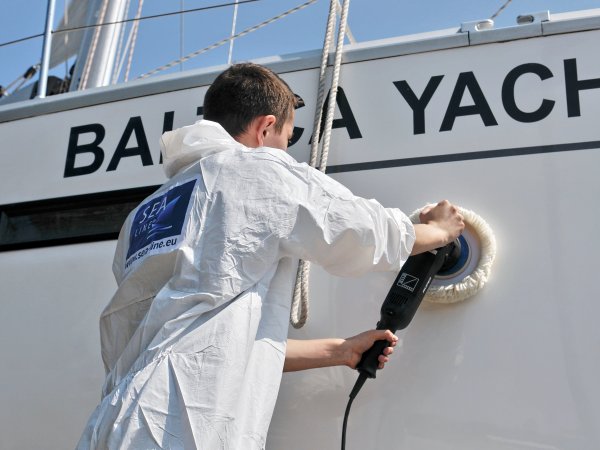
USE:
SURFACE:
EFECT:
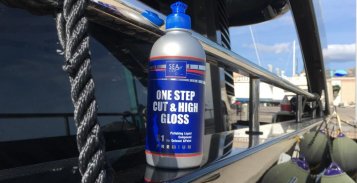
DARK COLOR GELCOAT – POLISHING INSTRUCTION USE: Removal of discoloration, chalking gelcoat, dull Renewing any surface color which has a small […]
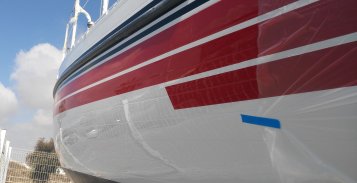
PAINT AND VARNISH – POLISHING INSTRUCTION USE: Renewing any paint or varnish color which has small mechanical damages Yellowing and […]
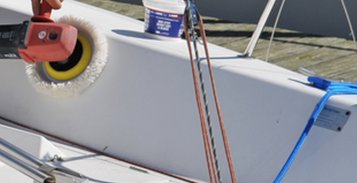
RENEWING THE SURFACE WITHOUT GRINDING – POLISHING INSTRUCTION USE: Renewal of any color with small mechanical damages and small scratches […]
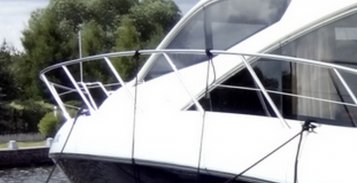
PLEXI AND POLYCARBONATES – POLISHING INSTRUCTION USE: Removal of mechanical damage, scratches and dull from the surface of hatches, windows and […]
If the scratches are not deep, then we can renew the scratched side by polishing with Sea-Line polishing pastes. Above the waterline, when the scratches are not deep, the surface can be repaired with a DRY FAST gel coat filler. Deep scratches should be filled with epoxy filler (selected depending on the requirements of the scratched surface), painted with a primer and then painted with topcoat.

Refilling and to tackle inequalities caused by damage to or during the course of production

Protects boat surfaces from the effects of destructive activities osmosis and corrosion

Provide an aesthetic and a perfect look of the boat also protective against water and UV radiation

Protect the hull from fouling with algae and shells

Effectively remove scratches, refresh the color of gelcoat or paint, fast shine effect

Special preparations for effective cleaning and refinishing

Laminating, gluing and filling in cracks in gelcoat

Range of products useful in the boat builder work